Painting a comprehensive picture of land resources
For thousands of years, land has always been valued by our ancestors, as an invaluable resource, a special means of production and an indispensable element in the cause of building and defending the country. Over the past 80 years, the land management sector has continuously grown, making great contributions to socio -economic development. In that journey, land statistics and inventory work has always played the role of an effective management tool, helping the State firmly grasp land funds, reasonably allocate and effectively exploit this great resource.
Land statistics and inventory work always plays an effective management role, helping the State to firmly grasp land funds, reasonably allocate and effectively exploit this enormous resource. Photo: Minh Hoang.
According to Mr. Pham Ngo Hieu, Deputy Director of the Department of Land Management, with a natural area of over 33.1 million hectares and a population of over 100 million people, the average land area per capita of Vietnam is low compared to the world . In the context of increasingly severe urbanization, industrialization and climate change, the demand for land use is increasing, organizing land statistics and inventories becomes urgent to ensure food security, industrial development, services and environmental protection.
Through land statistics and inventory, it can be seen that land management in recent years has contributed to bringing land resources into the country's strong economic restructuring process. Specifically, in just two decades (1990 - 2010), about 11 million hectares of unused land have been put into production, mainly for afforestation, contributing to ecosystem restoration and creating livelihoods for people. Thanks to that, the area of unused land has decreased sharply, from nearly 15 million hectares in 1990 to 1.17 million hectares in 2024.
Agricultural land is allocated reasonably, ensuring national food security. The area of land for perennial crops increased by more than 34% compared to 2010, from 3.68 million hectares to more than 4.92 million hectares at present, making an important contribution to agricultural export output, with the export value of fruits and vegetables in 2024 estimated at more than 7.12 billion USD.
Meanwhile, non-agricultural land has also seen significant changes. Urban land has increased by 57% over the past 15 years, reflecting a strong urbanization process. In particular, the land area for public works has increased by nearly 43%, making an important contribution to infrastructure development and improving people's quality of life.
The increase in land allocation for non-agricultural purposes has fully reflected the country's economic restructuring and contributed to meeting socio-economic tasks and ensuring social security and making a large contribution to the state budget, such as in 2024, the total state budget revenue reached 2,037.5 trillion VND, of which land use fees reached 230.2 trillion VND.
Tools for transparency and land resource clearance
According to Mr. Hieu, the results of land statistics and inventories over time have painted a picture showing that Vietnam has made significant progress in unlocking land resources. People and businesses have had more access to land resources through the transparency of administrative procedures and successive legal changes that the land management sector has promoted the spirit of initiative, creativity, and flexibility to propose and issue in a timely manner.
The whole country will implement land inventory from August 1, 2024. Photo: Nguyen Nga.
However, statistics and inventory work also point out many limitations that need to be overcome: land management is still wasteful and lost. Meanwhile, international experience shows that more than 80% of socio-economic management decisions require geospatial data, posing an urgent requirement for Vietnam in digital transformation in this field.
In the context that the entire Party and people are entering a new stage of development, land statistics and inventory work needs to continue to be modernized, strongly applying digital technology, artificial intelligence, digital maps, remote sensing, etc. This is the foundation for strict, public, transparent land management; ensuring fair allocation, economical, effective and sustainable use of this special resource. At the same time, it contributes to overcoming the situation of loss, corruption, and group interests in land management and use - issues that are always of concern to the Party, State and people.
It can be said that with high political determination, the support of people and businesses, and the power of digital transformation, the land management sector will certainly continue to promote tradition, comprehensively innovate, and make land statistics and inventory a pillar in building a modern, transparent, and effective land management system for the sustainable development of the country.
Source: https://sonnmt.langson.gov.vn/tin-tuc-su-kien/dat-dai2/80-nam-quan-ly-dat-dai-nam-chac-phan-bo-hop-ly-hieu-qua.html


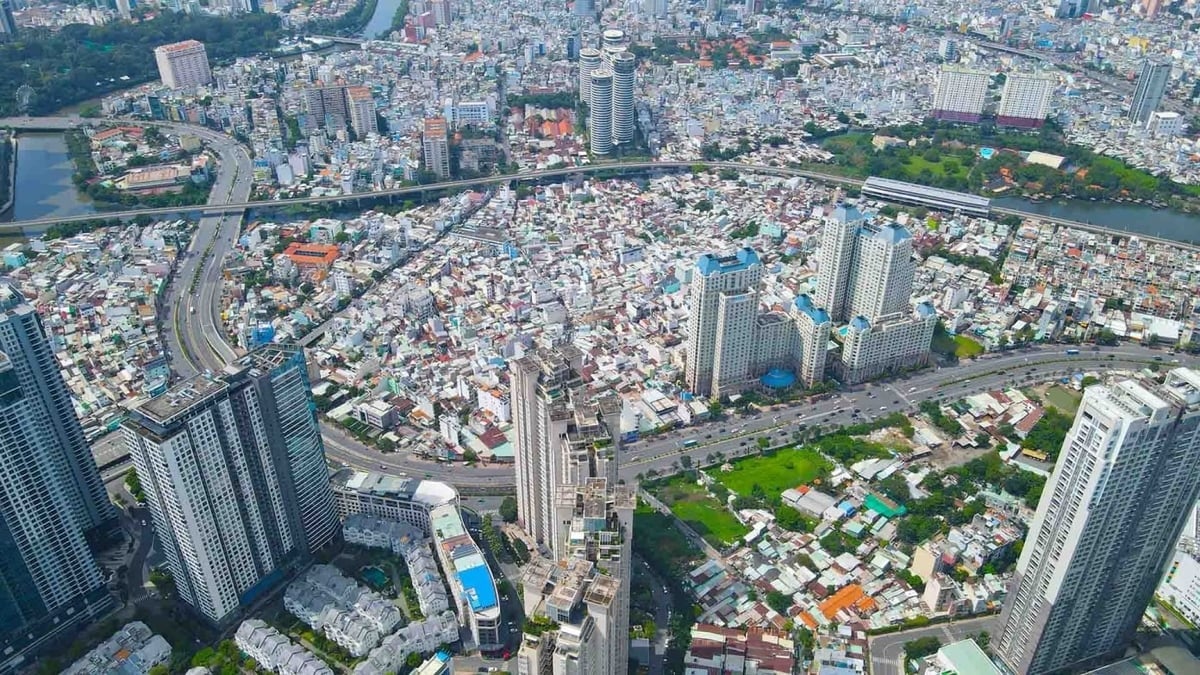
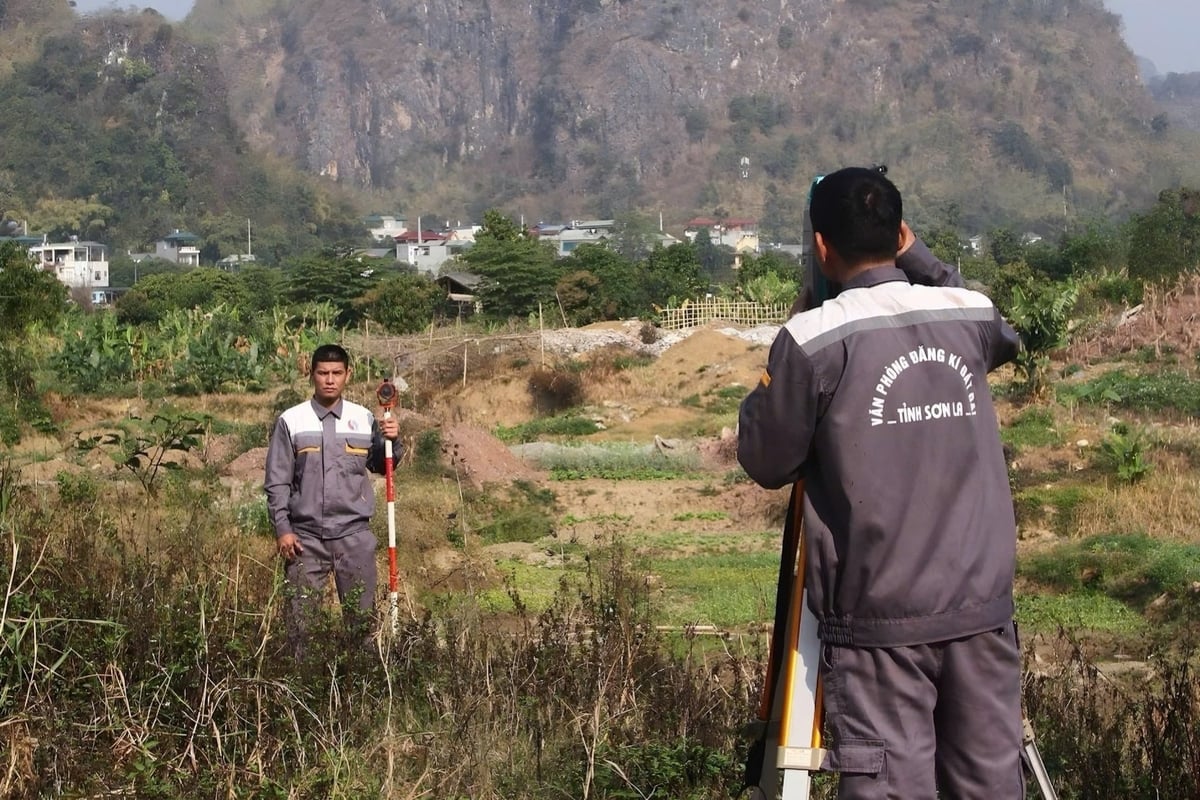






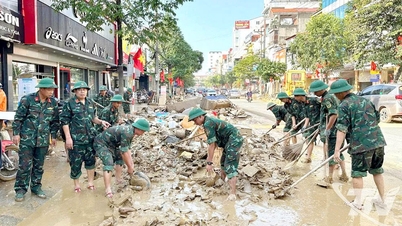

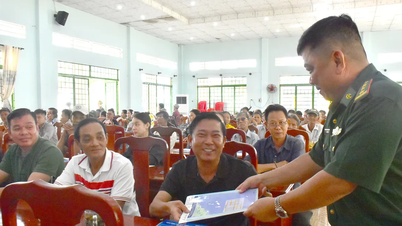

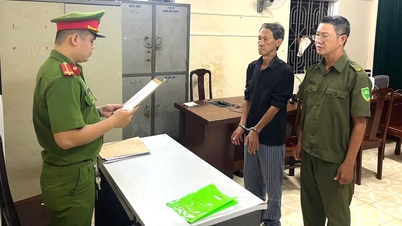














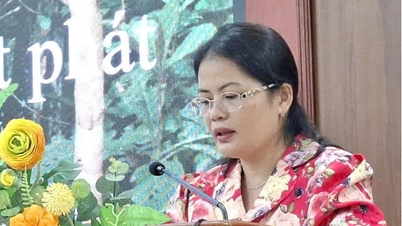

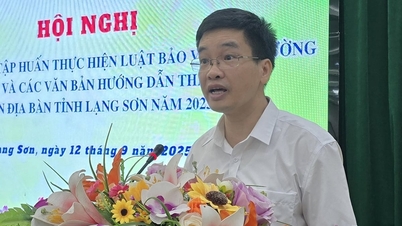
![[Photo] Ready for the 2025 Fall Fair](https://vphoto.vietnam.vn/thumb/1200x675/vietnam/resource/IMAGE/2025/10/14/1760456672454_ndo_br_chi-9796-jpg.webp)

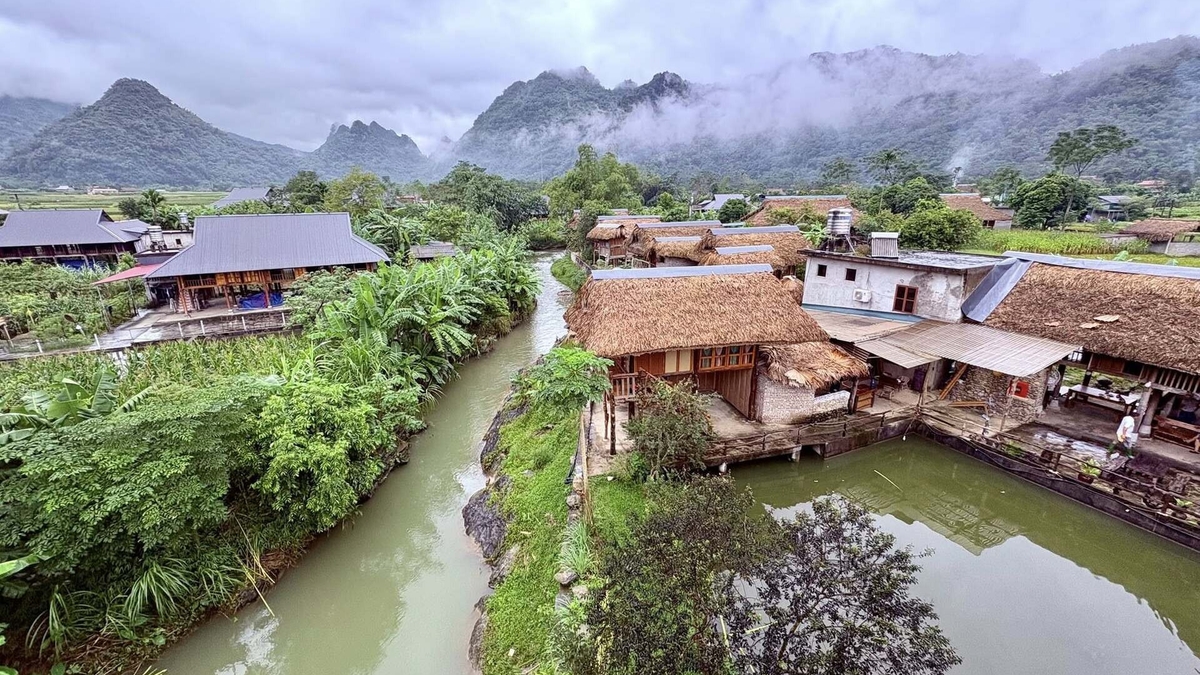






















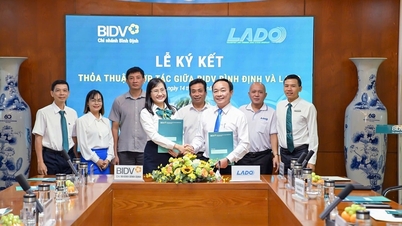




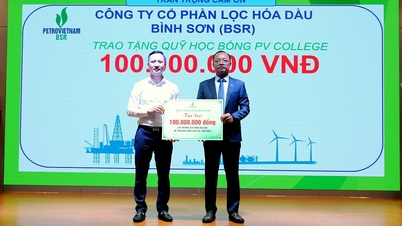

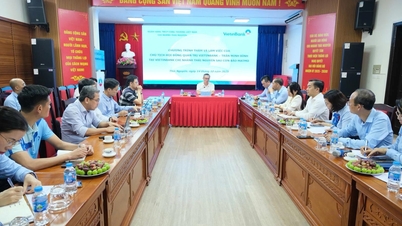










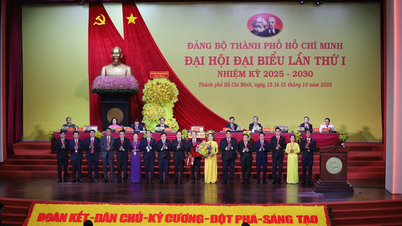



![[Photo] General Secretary To Lam chairs the meeting of the Central Steering Committee on science, technology development, innovation and digital transformation](https://vphoto.vietnam.vn/thumb/402x226/vietnam/resource/IMAGE/2025/10/15/1760500443782_anh-man-hinh-2025-10-15-luc-10-52-47.png)







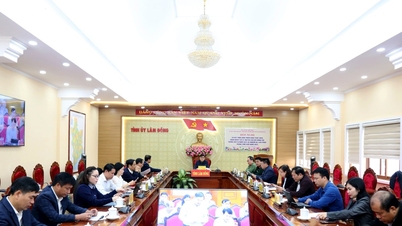

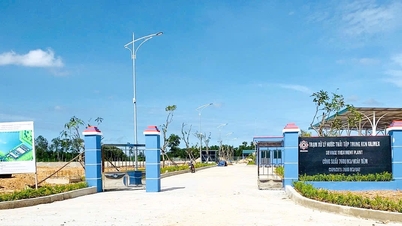
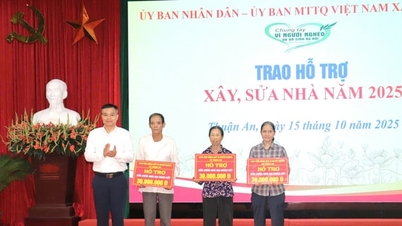

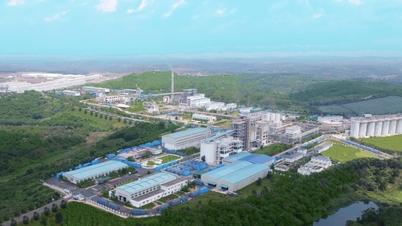


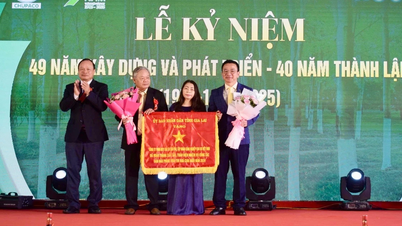















Comment (0)